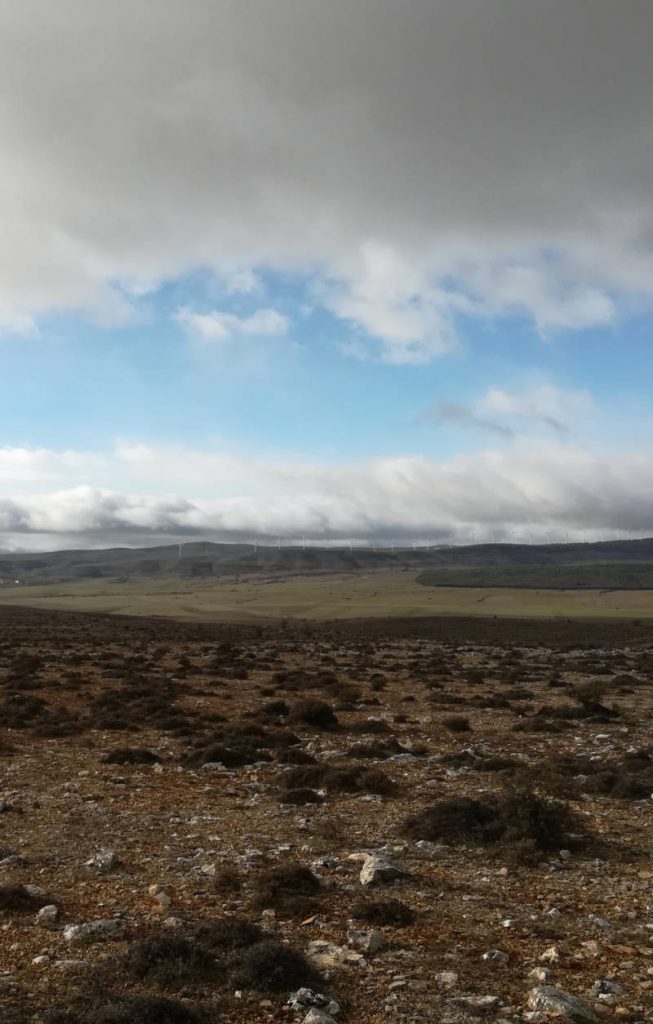Habitat
Habitat

Very selective in terms of habitat, its presence being conditioned by two factors: relief and type of vegetation.
It lives in steppe environments in flat areas (slope between 10-15%) distributed in a wide altitudinal gradient, from sea level to 1400 m altitude. At the microhabitat scale, the floristic composition is not a determining factor, since it occupies a great diversity of plant formations throughout its distribution area (cambronales, esplegares, aulagares, jarales, romerales, etc.).
Habitat selection is relatively strict in terms of vegetation structure. In general, it requires low-growing (20-40 cm) camelephyte thickets that provide nesting substrate and shelter from possible predators. However, in the northwest of its distribution (Zamora) it can occupy Cistus ladanifer thickets up to 2 meters high. In addition, it prefers areas with a high percentage of bare soil, which allows it to move on foot due to its mainly terrestrial habits.
Thyme-grassland areas with more herbaceous and crop cover are rejected by the species, being marginal habitats to which juveniles are relegated. At the landscape scale, connectivity, patch size and the composition of the landscape matrix affect the probability of presence and the distribution pattern of the species.

